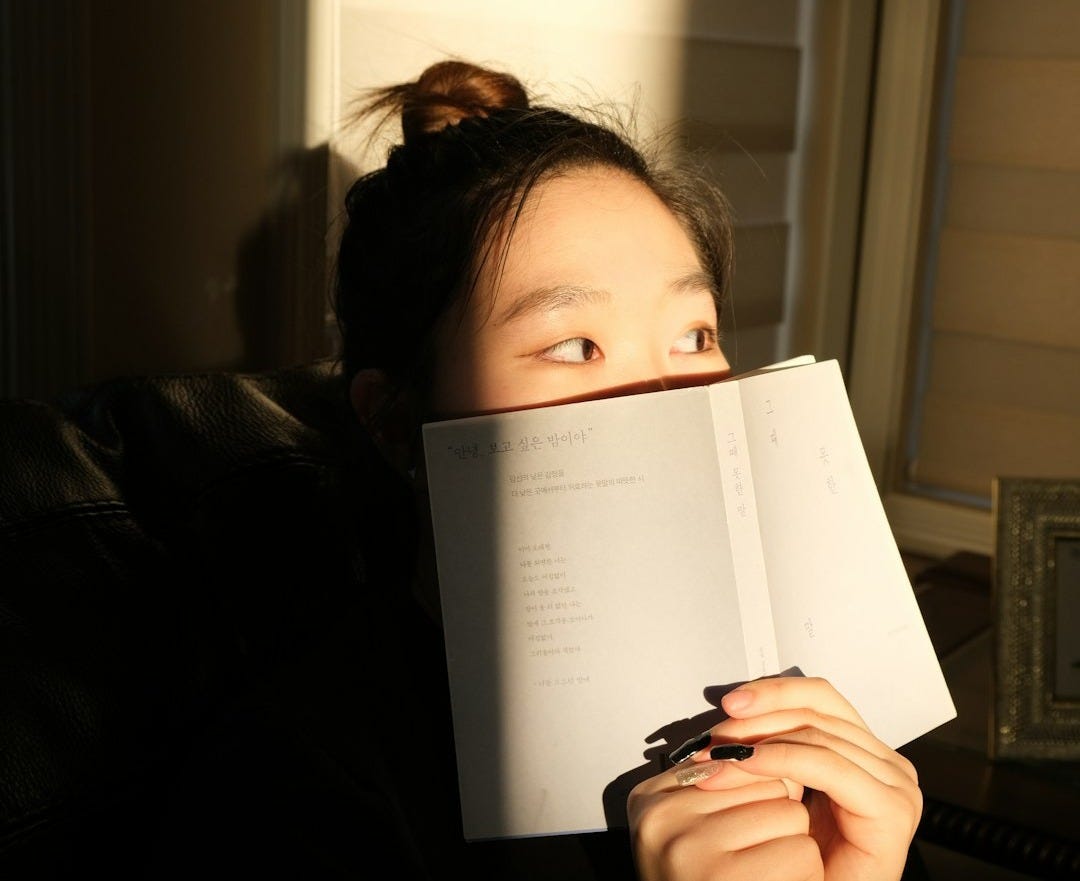What I learned reading a bit of spicy, paranormal fiction...
and how this lesson shapes the way I embrace reading widely

Recently, I came across a series featuring spicy, romance-centered, paranormal short stories by various authors. The hints of horror appealed to me, but given there was romance incorporated (and did I mention spice?), I didn’t think it would be traditionally scary.
Initially, it was a hard pass. I wasn’t the target audience for this anyway, right? A “will-they/won’t they”, “friends-to-lovers”, or other variations on the tropes coupled with…with…what? That question intrigued me, so I decided to give the series a try.
Spoiler alert…it wasn’t scary. But that’s okay. It wasn’t meant to satisfy a horror hound. But, for an audience who likes spicy romance with a little edge, this would fit the bill.
For a small time investment, I experienced a subgenre filled with paranormal tropes (and did I mention spice?) I had never been exposed to before. And I have to say, this kind of shock to the reading system is a good thing!
Here’s what reading widely taught me about being open to the unexpected treasures hidden in genres I don’t read very often.

I learned to be open to reading outside of the genre I write in
I am primarily a psychological horror writer with strong elements of Southern gothic and crime noir. None of that screams sexy paranormal fan.
What I realized is that there are several genres that I currently read that I wasn’t exposed to a few years ago. Being a writer means being a reader, and that is how my outlook on reading more widely came to be.
That exposure expanded my TBR list to be more open. I reached beyond horror and traditional mystery into rural noir, historical romance, survival thrillers, manga, and more. A few recommendations below:
Bishop by Candace Nola (survival horror)
Sawtooth by Steph Nelson (survival thriller)
The Line That Held Us by David Joy (rural noir)

I learned to be open to other genre norms
Reading widely means accepting that a genre new to me may have a different flow than I’m used to. I try to understand the possible benefits of these other norms and why they may draw avid readers back to that genre time and time again.
For example, to accommodate world-building, science fiction and fantasy novels are traditionally much longer books than a mystery or horror book. Cozy mysteries usually feature furry friends or are related to culinary protagonists, usually employing puns in the title. Romance tends to include dual protagonists who face obstacles to fully embracing the love right in front of them and will hit certain beats. These nuances are what the readers WANT. Don’t judge the reader or the writer. Go with the flow.
All that to say, I had to adjust my expectations of what to expect with a genre unfamiliar to me. Adjust your expectations with these options:
Pleating for Mercy (a Magical Dressmaking Mystery) by Melissa Bourbon (cozy)
The Fifth Season (book #1 from the Broken Earth Trilogy) by N.K. Jemison (fantasy)
Forbidden (book #1 from the Old West series) by Beverly Jenkins (historical romance)
I learned to embrace different literary formats
When I first heard of Junji Ito, the legendary horror manga illustrator and writer, I had never read a manga before. Traditionally, manga stories are read from right to left and from top to bottom, in the same way as Japanese writing. It took a few minutes to get into the rhythm, but now I own several of his books. The same goes for poetry, which I now have a greater appreciation for. Try embracing different literary formats to widen your reading enjoyment. Enjoy one of these options below.
Shiver by Junji Ito (horror manga)
The Rat King: A Book of Dark Poetry by Sumiko Saulson (horror poetry)
What are you reading that you never expected to see on your TBR list? I’d love to hear about it.
P.M. Raymond
Writer of horror and crime noir. Observer of the world



